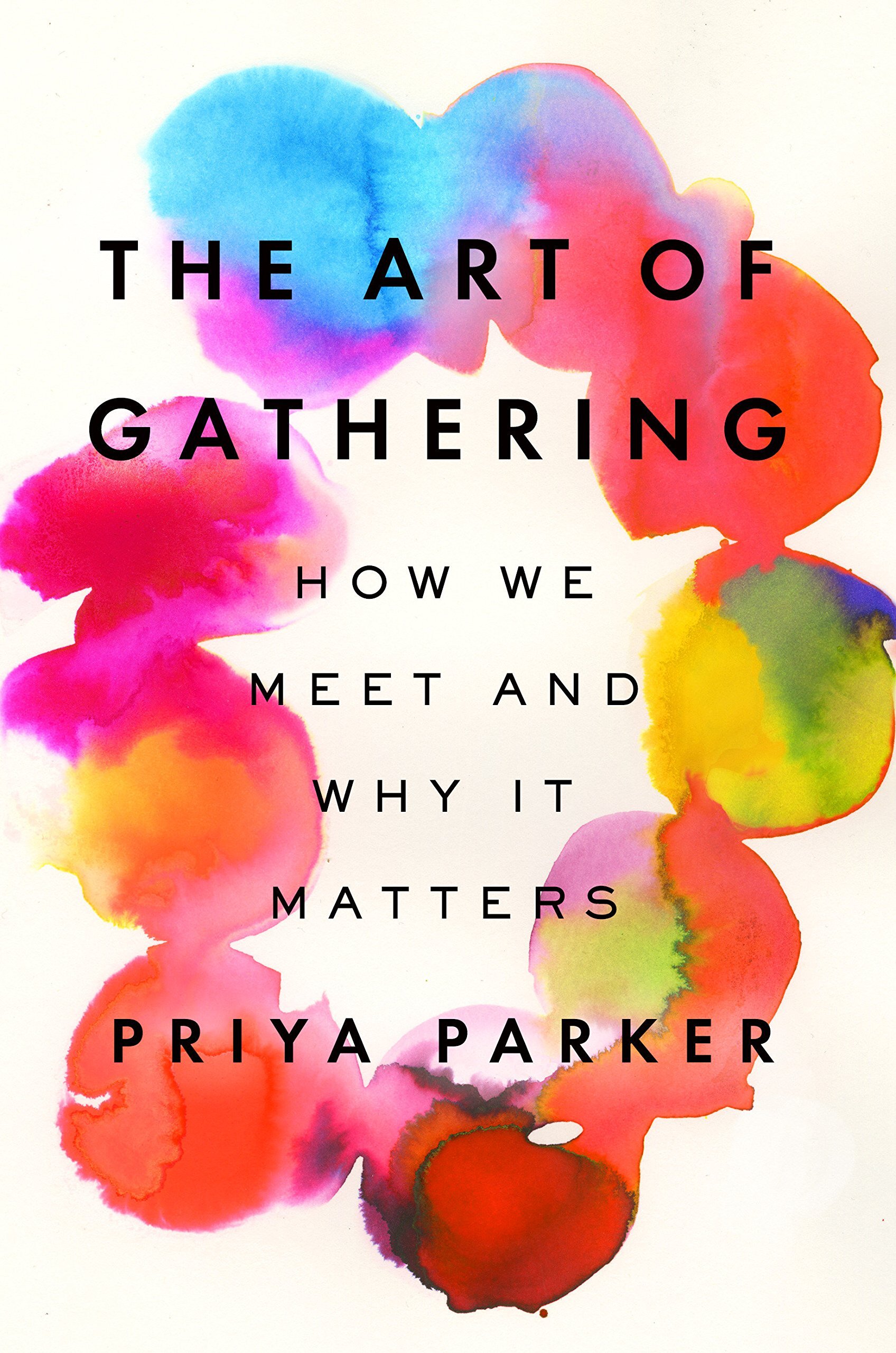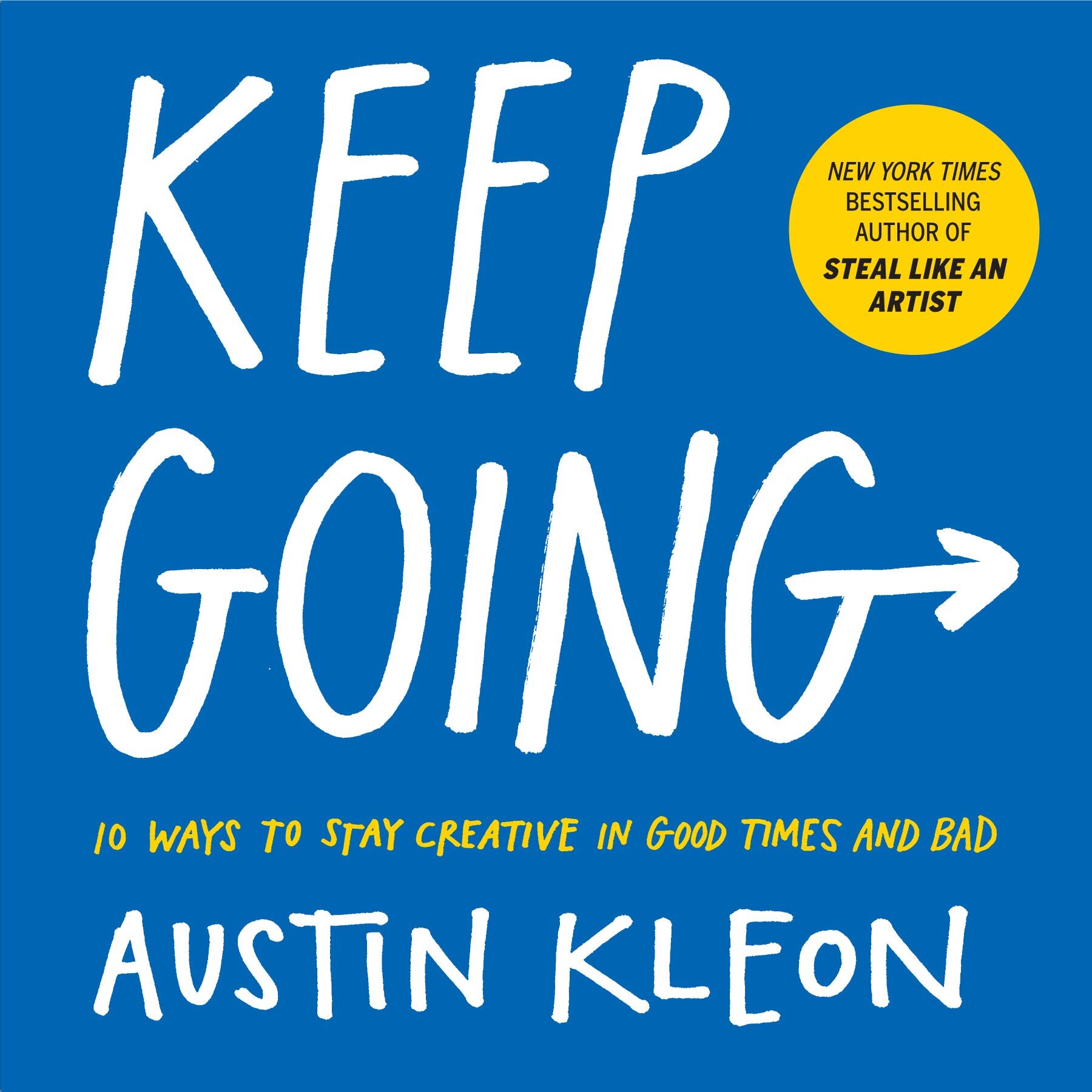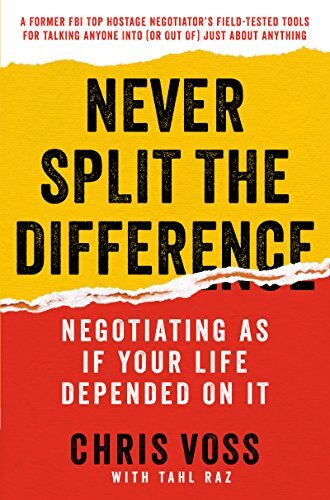A Short History of Nearly Everything – by Bill Bryson
Date read: 6/15/19. Recommendation: 10/10.
A Short History of Nearly Everything is one of the most important books on my shelf. After graduating from university, it’s the first book that reminded me how much I loved reading. It was the catalyst for me to begin building back up my reading habits and I’ve read it multiple times since. At its heart, it’s a book about science and some of life’s biggest questions. Bryson tackles everything from the cosmos and physics to ice ages and evolution. He’s a brilliant writer and storyteller, which helps make complex topics like particle physics more accessible and relatable for novices, like me. The pages are filled with jaw-dropping facts and stories of those enshrined in (or forgotten by) the annals of science. The amount of knowledge in this book is incredible. But the most important thing you’ll come away with is a renewed sense of perspective. It’s a great reminder of just how insignificant we are and how precious life is.
See my notes below or Amazon for details and reviews.
My Notes:
Newton, Principia, and Unlikely Inspiration:
In 1683, Edmond Halley, Robert Hooke, and Christopher Wren made a scientific wager on celestial objects. It was known that planets orbited in a particular kind of oval, but no one understood why. Wren offered a prize worth forty-shillings. Halley became obsessed with the problem and went to Isaac Newton, hoping he could help. Newton had already calculated the ellipse but couldn’t recall where he put the formula. Halley urged him to put it into a paper. The result was Newton’s crowning scientific achievement–Principia–which explained orbits mathematically, outlined three laws of motion, and, for the first time, identified gravity. Halley paid for the book’s publication out of his own pocket when The Royal Society backed out due to financial struggles. Impact of Newton’s laws is hard to overstate…explained ocean tides, motion of planets, the trajectory of cannonballs, why we aren’t lost to space as the planet spins beneath us.
Lord Kelvin, Polymath, Master of the Long Game:
Admitted to Glasgow University at the age of 10.
Graduated from Cambridge, won top prizes for rowing and mathematics, launched a musical society.
At the age of 22, became professor of natural philosophy at Glasgow for the next 53 years.
Wrote 661 papers, gained 69 patents, contributed to every branch of the physical sciences.
Suggested the method that led to the invention of refrigeration, created scale of absolute temperature, invented boosting devices to send telegrams across oceans.
Radioactivity and Early Adopters:
Many assumed radioactivity had to be beneficial since it was so energetic. It wasn’t banned in consumer products until 1938. Up until that point manufacturers put radioactive thorium in toothpaste and laxatives. Until the 1920s the Glen Springs Hotel in Finger Lakes (NY) featured the therapeutic effects of its “Radioactive mineral springs.”
Einstein:
Early life revealed little of what was to come. Didn’t learn to speak until he was three. Failed college entrance exams on first try.
Took advantage of being underemployed: 1902 took job at Swiss patent office and stayed for 7 years. Challenging enough to engage his mind, but not enough to distract him from physics. Here he produced the special theory of relativity in 1905.
Drawdown periods: For originality, tune out. Einstein’s “On the Electrodynamics of Moving Bodies” had no footnotes or citations. It was like he reached the conclusions by pure thought, without listening to outside opinion.
Little recognition early on: As an outsider, he was largely ignored in the physics community, despite solving several of the deepest mysteries of the universe. Proceeded to apply and get rejected as a university lecturer and high school teacher.
Theory of relativity: Space and time are not absolute. They’re relative to both the observer and the thing being observed. Faster one moves, the more pronounced effects become. The faster we accelerate, the more distorted we are, relative to an outside observer.
Spent the second half of his life searching for a unified theory of physics, but failed. Physics has two bodies of laws, one for the very small, one for the universe at large.
Discovery by Bridging Ideas
Georges Lemaître, a Belgian priest-scholar with a Ph.D. from MIT, was the first to suggest that the universe began as a single geometrical point, a “primeval atom” which burst into existence and had been moving apart ever since. Referred to this as his “fireworks theory.” It was the first hint at the Big Bang. Combined his knowledge of Hubble’s discovery of the universe expanding and increasing speed in every direction, and Einstein’s General Theory of Relativity.
Plate Tectonics:
“Look at the globe and what you are seeing is really a snapshot of the continents as they have been for just one-tenth of 1 percent of the Earth’s history.” BB
“The history of any one part of the Earth, like the life of a soldier, consists of long periods of boredom and short periods of terror.” Derek V. Ager
Disasters + Extinctions:
Last super volcano eruption took place 74,000 years ago in Toba, northern Sumatra. It was followed by six years of volcanic winter. Carried humans to brink of extinction, no more than a few thousand individuals. Modern humans arose from a very small population (explains our lack of genetic diversity). Some evidence shows for the next 20,000 years, human population never grew beyond a few thousand at a given time. Huge amount of time to recover from our perspective of time. But not from Earth’s.
99.99% of all species that have ever lived are no longer with us. Average lifespan of a species is about four millions years.
Permian Extinction: 245 million years ago, wiped out the dinosaurs and 95% of animals known from fossil records disappear. Closest we’ve come to total obliteration.
Life is Precious:
“From the bottom of the deepest ocean trench to the top of the highest mountain, the zone that covers nearly the whole of known life, is only something over a dozen miles–not much when set against the roominess of the cosmos at large.” BB
Excellent Location: “We are, to an almost uncanny degree, the right distance from the right sort of star, one that is big enough to radiate lots of energy, but no so big to burn itself out swiftly…We are also fortunate to orbit where we do. Too much nearer and everything on Earth would have boiled away. Much farther away and everything would have frozen.” BB
Earth would have been uninhabitable if it had been just 1 percent farther or 5 percent closer to the sun. Think about Venus (sun’s warmth reaches it two minutes before us).
“We are so used to the notion of our own inevitability as life’s dominant species that it is hard to grasp that we are only here because of time extraterrestrial bangs and other random flukes.” BB
“The one thing we have in common with all other living things is that for nearly four billion years our ancestors have managed to slip through a series of closing doors every time we needed them to.” BB
“If this book has a lesson, it is that we are awfully lucky to be here–and by ‘we’ I mean every living thing. To attain any kind of life in this universe of ours appears to be quite an achievement. As humans we are doubly lucky, of course: We enjoy not only the privilege of existence but also a singular ability to appreciate it and even, in a multitude of ways, to make it better. It is a talent we have only barely begun to grasp.” BB
The Power of Being an Outsider:
Watson and Crick (no formal training in biochemistry) beat out many top insiders as they worked to discover the structure of DNA.
Alexander von Humboldt:
Observed that there are three stages in scientific discovery: first, people deny that it is true; then they deny that it is important; finally they credit the wrong person.
Origins:
Five million years ago, Panama rose from the sea, bridging North and South America, which disrupted warmer currents between the Pacific and Atlantic, and changed precipitation patterns across 50% of the world. Africa began to dry out and apes climbed down from trees in jungles to find a new way of life in the savannah.
One million years ago, upright beings left Africa and spread across the globe. Averaging 25 miles a year.
Modern human is still 98.4% genetically indistinguishable from the modern chimpanzee. More difference between zebra and horse.




















